calsfoundation@cals.org
Clark County Courthouse
The Clark County Courthouse at 4th and Clay streets in Arkadelphia (Clark County) was constructed in 1899 to replace an aging structure built in the 1840s. Except for a time when the building was closed for repair and restoration following damage from a tornado in 1997, the courthouse has operated continuously as the center of Clark County’s government. As one of the state’s oldest courthouses that is still serving the purpose for which it was constructed, the Clark County Courthouse was added to the National Register of Historic Places on December 1, 1978.
Clark County was established in 1818, becoming one of the five counties in existence at the time the area became known as Arkansas Territory in 1819. Court was held in various places in those early days, such as the home of pioneer settler Jacob Barkman, which was west of the Caddo River near what is now Caddo Valley (Clark County). Later, a county seat was established at Greenville (Clark County), which was located to the southwest along the Military Road (also known as the Southwest Trail). In 1842 Arkadelphia (previously known as Blakelytown) became the permanent location of the county seat; two years after that, a courthouse was constructed to house governmental operations. The 1840s structure survived the tumultuous years of the Civil War, and during Reconstruction, large columns were added to the building. This courthouse served Clark County until the current facility was built in 1899.
The 1844 building was torn down in 1899 in advance of construction of a new structure at the same location. In May, Arkadelphia’s Southern Standard newspaper noted that the old courthouse was “the best known landmark of this section, dear to the memory of all old citizens. There is now but a hole in the ground.” But, the construction process moved quickly, and by July, the cornerstone was laid for the “new, magnificent, forty-thousand dollar courthouse.” Officials began operating from the building before the end of 1899.
The two-and-a-half-story structure at 4th and Clay streets was built by R. S. O’Neal from a Charles Thompson design. At the time of its construction, the Clark County Courthouse was arguably the county’s most impressive structure. The large, brick, Romanesque-style building dominated the area surrounding it. A six-story conical clock tower gave the courthouse a distinctive appearance. In 1931, after the tower was hit several times by lightning, officials decided to remove its v-shaped roof and leave it with a simple, flat top, a shape it retained for more than sixty years. The courthouse’s entrances each have an arched porch. Terra cotta tablets above the arches display the building’s name and date of construction.
The 1899 facility experienced a number of changes throughout the years, although much of its original interior woodwork remains. For example, in 1925, the local newspaper lamented: “The old courthouse tree is no more. Another landmark is gone.” Apparently, the tree, which had been the site of hangings in the past, “just toppled over.” Then, in 1930, the old well in the courthouse yard was capped with a concrete slab. Considered one of the area’s finest, the well had been dug in 1866 and was about forty feet deep. Some improvements came during the Depression era, however, when a Civil Works Administration (CWA) project in 1934 included painting the clock’s face, installing a new roof and new hardwood floors in offices, and applying some new interior paint. The roof was replaced again in 1974.
The courthouse was repaired after being damaged in the 1997 tornado, and it officially reopened in a dedication ceremony on March 1, 1999, exactly two years after the storm. Noticeably, the original, distinctive shape was restored to the clock tower.
The grounds surrounding the courthouse feature several items of historic interest, including a 1911 Confederate monument (also on the National Register of Historic Places), a veterans’ memorial, a salt kettle, a boulder from the construction of DeGray Dam, and other historical markers.
For additional information:
“Clark County Court House.” Vertical file. Riley-Hickingbotham Library Archives and Special Collections. Ouachita Baptist University, Arkadelphia, Arkansas.
“Clark County Courthouse.” National Register of Historic Places nomination form. On file at Arkansas Historic Preservation Program, Little Rock, Arkansas. Online at http://www.arkansaspreservation.com/National-Register-Listings/PDF/CL0354.nr.pdf (accessed September 1, 2020).
Richter, Wendy, ed. Clark County, Arkansas: Past and Present. Arkadelphia, AR: Clark County Historical Association, 1992.
Syler, Allen B., et al., comps. Through the Eyes of Farrar Newberry: Clark County, Arkansas. Arkadelphia, AR: Clark County Historical Association, 2002.
Wendy Richter
Ouachita Baptist University
 Arkansas Historic Preservation Program
Arkansas Historic Preservation Program Early Twentieth Century, 1901 through 1940
Early Twentieth Century, 1901 through 1940 Historic Preservation
Historic Preservation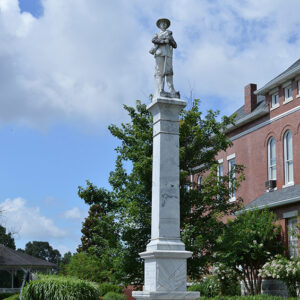 Arkadelphia Confederate Monument
Arkadelphia Confederate Monument 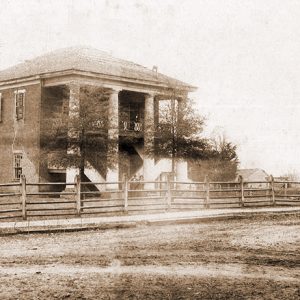 Original Clark County Courthouse
Original Clark County Courthouse 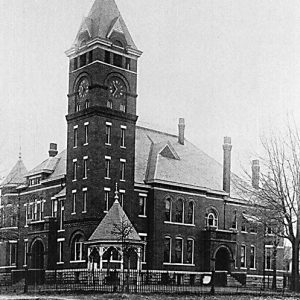 Clark County Courthouse
Clark County Courthouse  Clark County Courthouse
Clark County Courthouse 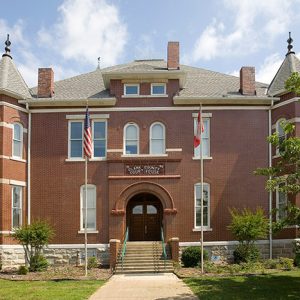 Clark County Courthouse
Clark County Courthouse 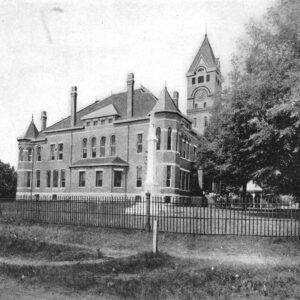 Clark County Courthouse
Clark County Courthouse 




Comments
No comments on this entry yet.